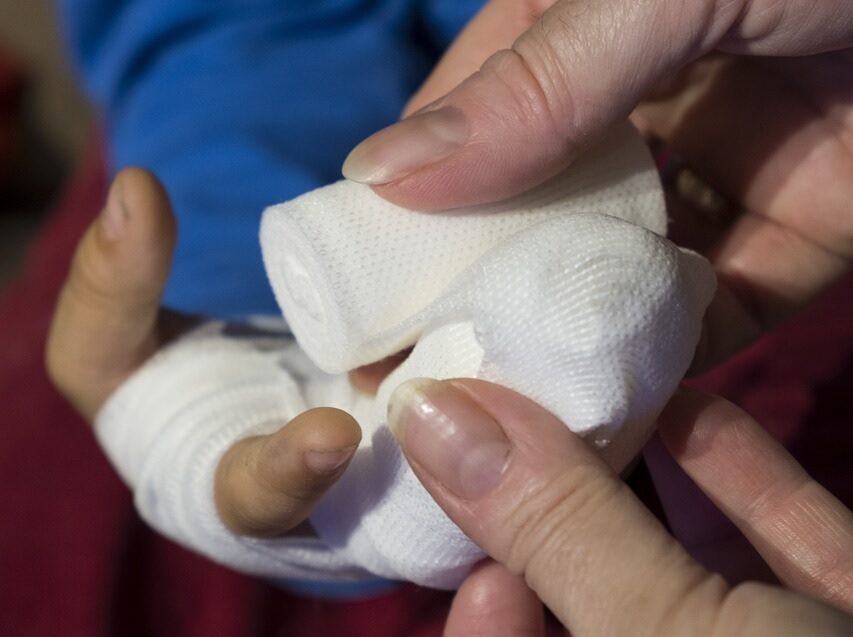Imagine the schoolyard of yesteryear. Grazed knees, perhaps an occasional bee sting, and the ever-vigilant teacher equipped with little more than antiseptic and a comforting word. First aid in educational settings, although always essential, was once a relatively straightforward affair. Fast-forward to the present day, and the landscape has transformed dramatically, with the HLTAID012 accreditation playing a pivotal role in that metamorphosis.
A Paradigm Shift: HLTAID012 Emerges
It wasn’t just about the scraped knees anymore. Schools, as microcosms of society, began to witness a broader range of medical emergencies, ranging from allergic reactions to more severe cases that required swift, professional responses. That’s where HLTAID012 stepped in. Tailored for the modern educator, this certification wasn’t just another course—it was a revolution. Designed to address diverse situations, from the common to the critical, it offered a holistic toolkit for today’s dynamic educational environment.
What’s Special About HLTAID012 for Educators?
Sure, standard first aid is essential. But schools? They’re a different beast. Bursting at the seams with energy, bustling corridors, and boisterous playgrounds, they require a special touch. Addressing unique school scenarios became the cornerstone of HLTAID012 first aid advancements. Think about food allergies in a canteen setting or the sudden need for asthma management during a PE class. By weaving these scenarios into the training fabric, the program became the go-to for educators nationwide.
An Ounce of Prevention
“Forewarned is forearmed,” as they say. One of the standout features of the course in educational settings was its emphasis on prevention and awareness. It’s one thing to respond to emergencies, but the real magic lies in averting them. By equipping educators with knowledge about potential risks and proactive measures, the certification became an integral part of school safety frameworks.
The Ripple Effect: Building a Community of Care
It’s fascinating, really. The adoption of HLTAID012 by teachers didn’t just elevate the safety standards within schools. It fostered a culture of care, compassion, and community. When one teacher became certified, it often ignited a domino effect, inspiring others to follow suit. Suddenly, schools weren’t just places of academic learning. They were sanctuaries where every child, teacher, and staff member could feel a tad safer, knowing they were in capable hands.
Reflections and Forward Momentum
The beauty of the HLTAID012 journey within schools lies in its organic growth. It wasn’t mandated; it was embraced. Recognising its immense value, many educational institutions incorporated it into their induction programs, ensuring every new educator was not just a subject expert but also a guardian in times of crisis.
From the early days of simplistic first aid boxes to the nuanced, comprehensive approach of today, the HLTAID012 training program has been transformative for schools. It underscores a profound truth: that the well-being of students and staff extends beyond the realms of academic achievements. It delves into the heart of what schools truly represent—a haven of safety, learning, and care.
In tracing this evolutionary journey, one can’t help but feel a sense of optimism. If this is the progress we’ve witnessed so far, the future of first aid in schools, fortified by HLTAID012, promises to be even more robust, refined, and revolutionary. The adventure, it seems, has only just begun.
